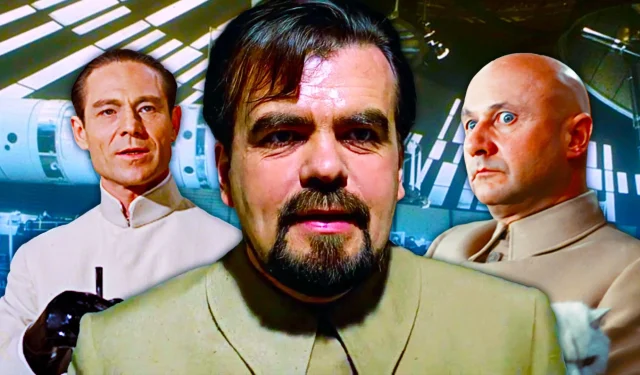
James Bond villains have captivated audiences for decades, not only with their elaborate schemes but also through their luxurious hideaways. These extraordinary lairs are integral to Bond’s mythology—standing alongside the iconic Aston Martin and the shaken, not stirred martini. Each villainous lair is a testament to opulence and creativity, crafted to embody the twisted ambition of its owner while providing an astonishing backdrop for the cinematic adventures of the world’s most famous secret agent.
At the heart of these villain lairs is their outrageous design, revealing a unique blend of personality and aesthetic appeal. From Dr. No’s foreboding fortress to Blofeld’s outlandish volcano headquarters, each location acts as a playground for its sinister inhabitants. Every evil base makes a bold statement, showcasing innovative designs and extravagant styles that perfectly complement the absurdity of Bond’s high-tech gadgets. Below, we explore ten of the most artistically crafted hideouts from the James Bond universe.
10 Dr. No’s Crab Key
Dr. No (1962)
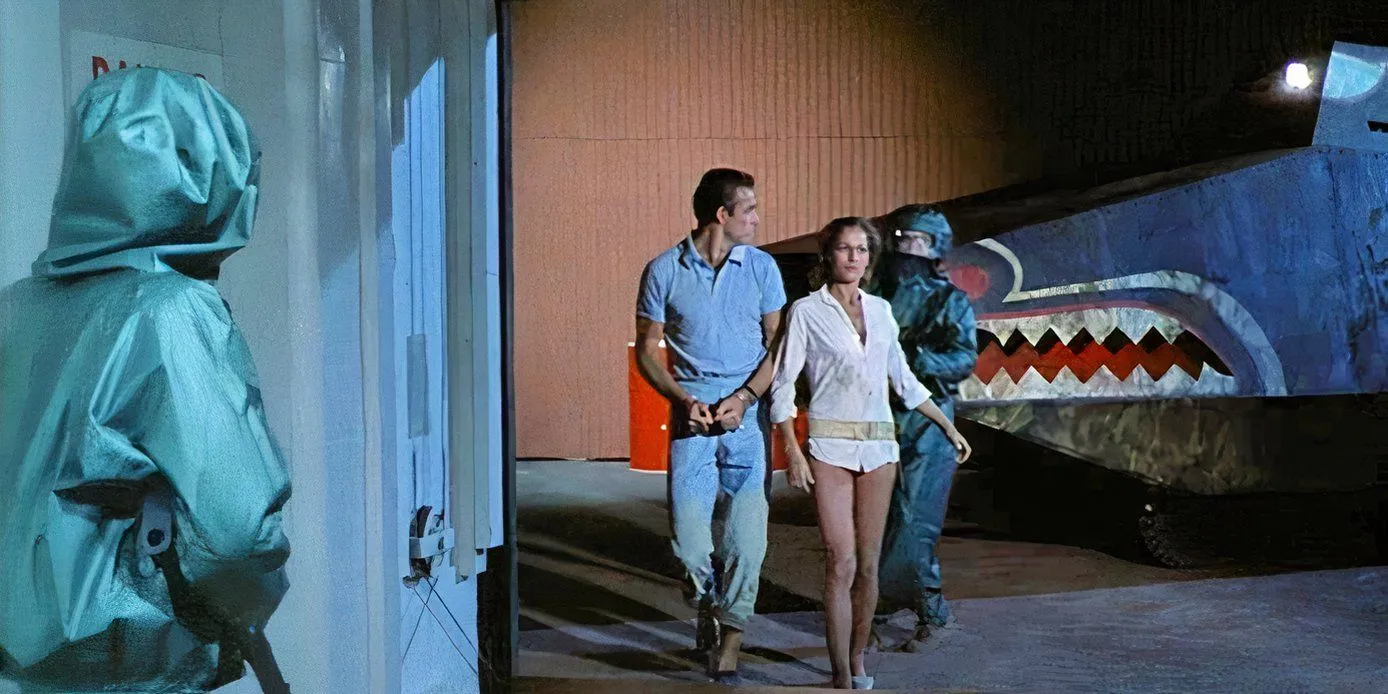
Crab Key marks the inception of Bond’s iconic villain lairs. Set in the serene Caribbean, this lair cleverly disguises Dr. Julius No’s clandestine operations. Its architectural design is astoundingly ahead of its time, featuring both an underwater laboratory and a nuclear reactor nestled within a tropical landscape. The contrast between its idyllic surroundings and lethal technology laid the groundwork for the franchise’s enduring theme.
Ken Adam’s contributions as the production designer shine through, with stark metallic interiors reflecting the lurking danger of radioactive pools. Though produced on a lower budget than later films, Adam’s resourcefulness brings memorable effectiveness. The climactic confrontation between Bond and Dr. No amidst the reactor’s glow exemplifies the distinctive tension and grandeur that became synonymous with the series.
9 Blofeld’s Volcano Hideout
You Only Live Twice (1967)
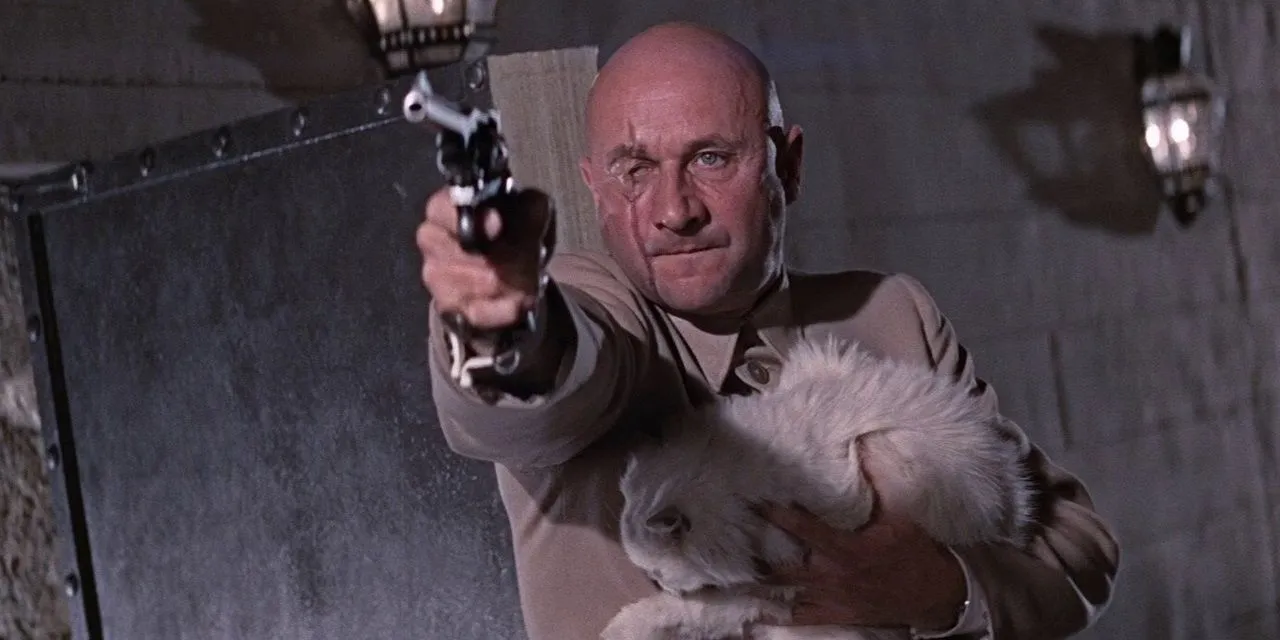
Blofeld’s volcano lair stands as a pinnacle of villainous opulence, cleverly hidden within an extinct volcano in Japan. Featuring a fully operational rocket launchpad, a monorail system, and an artificial lake, it is the epitome of extravagant evil. The hideout in You Only Live Twice exemplifies over-the-top villainy, a hallmark in the realm of Bond architecture.
This massive set, constructed at Pinewood Studios, cost around $1 million—equivalent to the entire budget of Dr. No. Ken Adam’s elaborate design not only captured imaginations but also set the standard for cinematic villain bases. Its destruction in the film culminates in an eruption of chaos, solidifying its status as a beloved masterpiece within the Bond repertoire.
8 Stromberg’s Atlantis
The Spy Who Loved Me (1977)
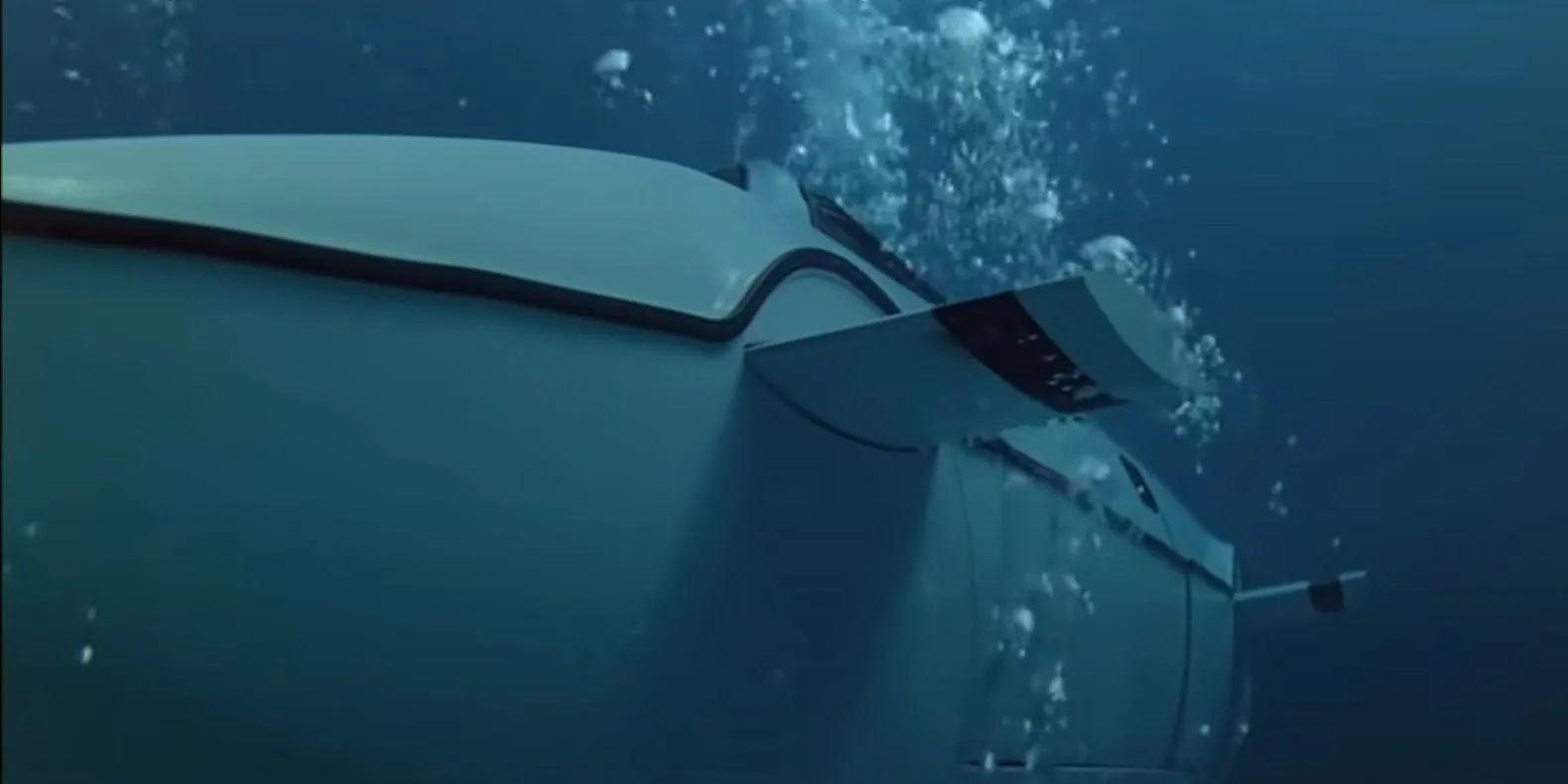
Karl Stromberg’s Atlantis is an architectural marvel reflective of his nefarious schemes for Earth’s repopulation under the sea. An underwater laboratory, it showcases a mix of modern chic and ominous beauty, perfectly embodying Stromberg’s sinister ambitions. Inspired by the Aquapolis from Expo ’75 in Okinawa, Japan, Atlantis pushes the boundaries of contemporary villainy with its sleek aesthetic.
The scenes shot above and below water highlight the stunning set design of The Spy Who Loved Me. Both grand and menacing, Atlantis serves as the dramatic backdrop for unforgettable confrontations, enhancing the film’s overall tension.
7 Hugo Drax’s Space Station
Moonraker (1979)
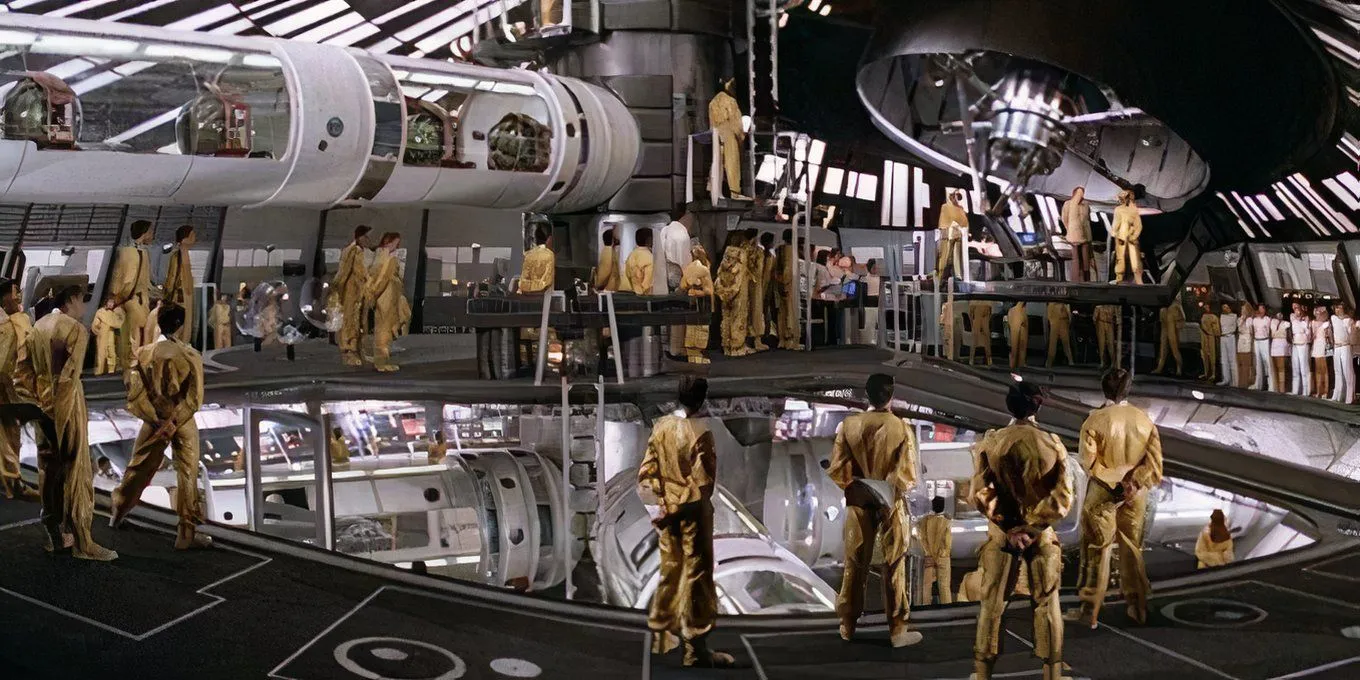
Hugo Drax elevated villainy to extraordinary heights with his orbiting space station, intending to launch a plan of global extermination. The design is sleek, futuristic, and the embodiment of Bond’s audacious standards. Groundbreaking special effects were used to bring his celestial command center to life, marking one of the series’ most spectacular climaxes.
The station’s destruction enhances its cinematic impact, standing as a bold representation of Bond’s ability to venture into unparalleled domains. Drax’s lair provides a unique lens into the series, showcasing its relentless pursuit of pushing boundaries.
6 Goldfinger’s Kentucky Estate
Goldfinger (1964)
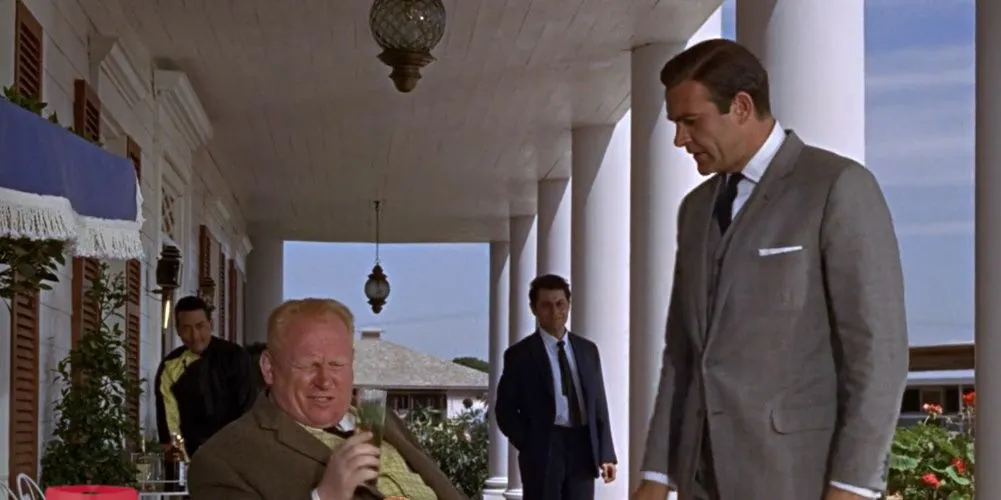
Auric Goldfinger’s Kentucky estate diverges from the typical modern villain lair aesthetic, choosing instead to embody enigmatic elegance. Nestled in the heartland of America, its unsuspecting exterior conceals intricate scheming. Rich in character and lore, Goldfinger’s estate reflects both wealth and narrative intrigue.
This charming estate was actually filmed at Stoke Poges Golf Club in Buckinghamshire, England, offering a picturesque but deceptive allure. The layout of the estate, coupled with the iconic Fort Knox vault design by Ken Adam, magnifies its filmic significance, presenting a profound atmosphere of suspense and excitement.
5 Silva’s Abandoned Island
Skyfall (2012)
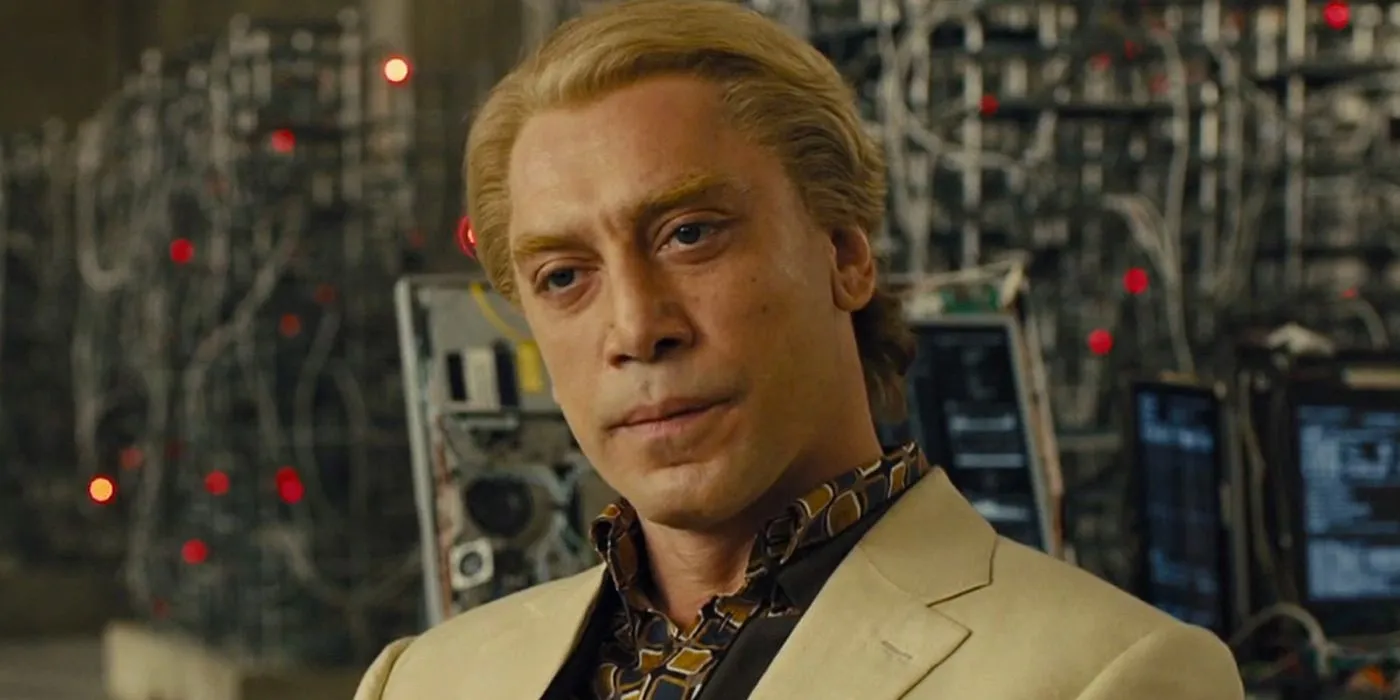
Silva’s lair on Hashima Island, known for its haunting history, diverges from the familiar motifs of wealth and power, instead drawing upon eerie isolation. This abandoned mining colony reflects the crumbling state of Silva’s sanity, enhancing the plot’s tension. It represents a modern take on the classic villain lair, grounded in realism while evoking theatricality.
Director Sam Mendes artfully harnessed the island’s atmosphere to highlight Iago Silva’s chilling backstory. His memorable monologue about rats serves as a striking moment in the film, showcasing a blend of familiarity and chaos that resonates throughout. Silva’s hideout emerges as a haunting yet compelling setting, reinforcing the psychological complexities within the Craig era of Bond films.
4 Zorin’s Château
A View to a Kill (1985)
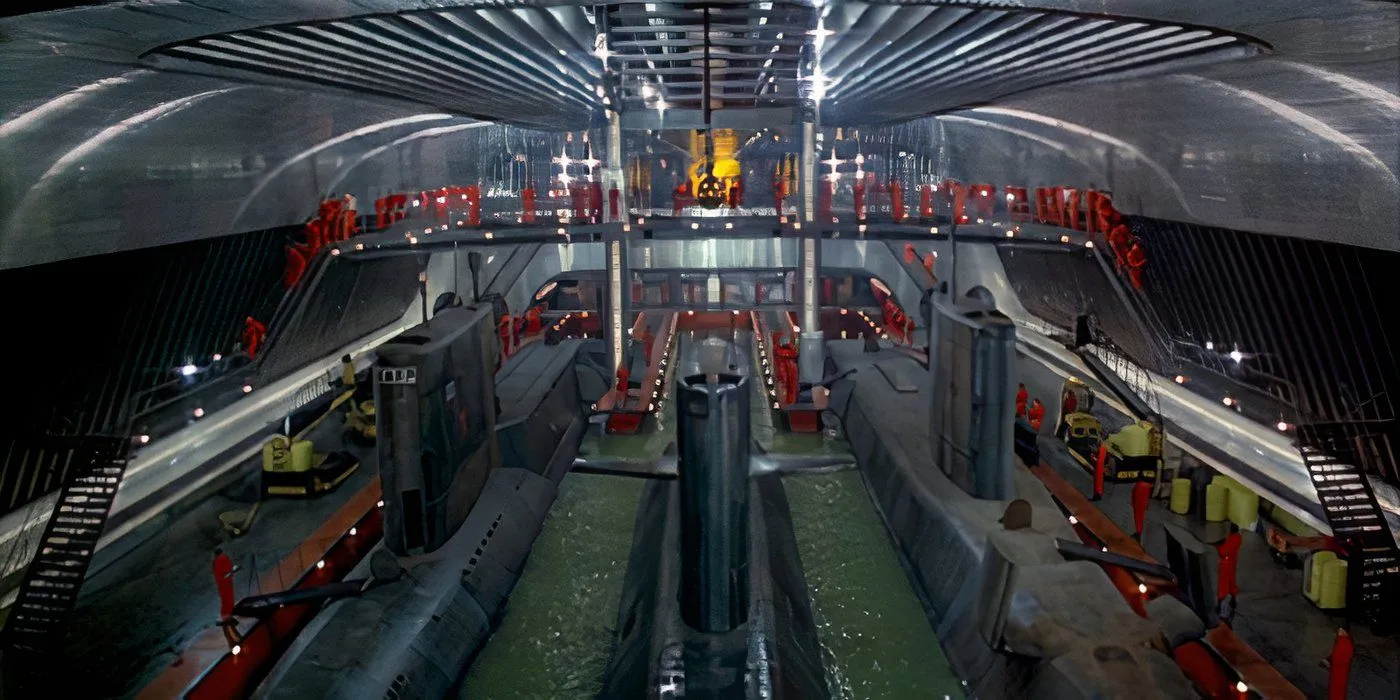
Max Zorin’s Château in France stands out as another striking estate in the Bond universe. Serving as the heart of his plan to obliterate Silicon Valley, the opulent setting hides sinister intentions beneath its luxurious surface. Its grandeur is only rivaled by Zorin’s unyielding ruthlessness, creating a palpable tension throughout the film.
Filmed at the historic Château de Chantilly, this venue adds an air of authenticity to the production. The scenes within the stables and racetracks provide thrilling elements that elevate the narrative stakes, reflecting the quintessential high-class Bond character woven into the overall fabric of the plot.
3 Karl Stromberg’s Liparus Tanker
The Spy Who Loved Me (1977)

The Liparus supertanker, acting as Karl Stromberg’s unprecedented mobile base, epitomizes a vessel of villainy. With its capacity to swallow nuclear submarines whole, the industrial design starkly contrasts the more glamorous locations, emphasizing functionality over extravagance. This formidable base stands as a quintessential Bond villain lair.
Constructed in massive sets at Pinewood Studios, the Liparus showcases some of the most thrilling and memorable moments of the Roger Moore era. The exhilarating climactic battle within the tanker highlights impressive action choreography that fuses suspense with spectacle, revealing Stromberg’s duality between opulent villainy and brutal domination.
2 Gustav Graves’ Ice Palace
Die Another Day (2002)
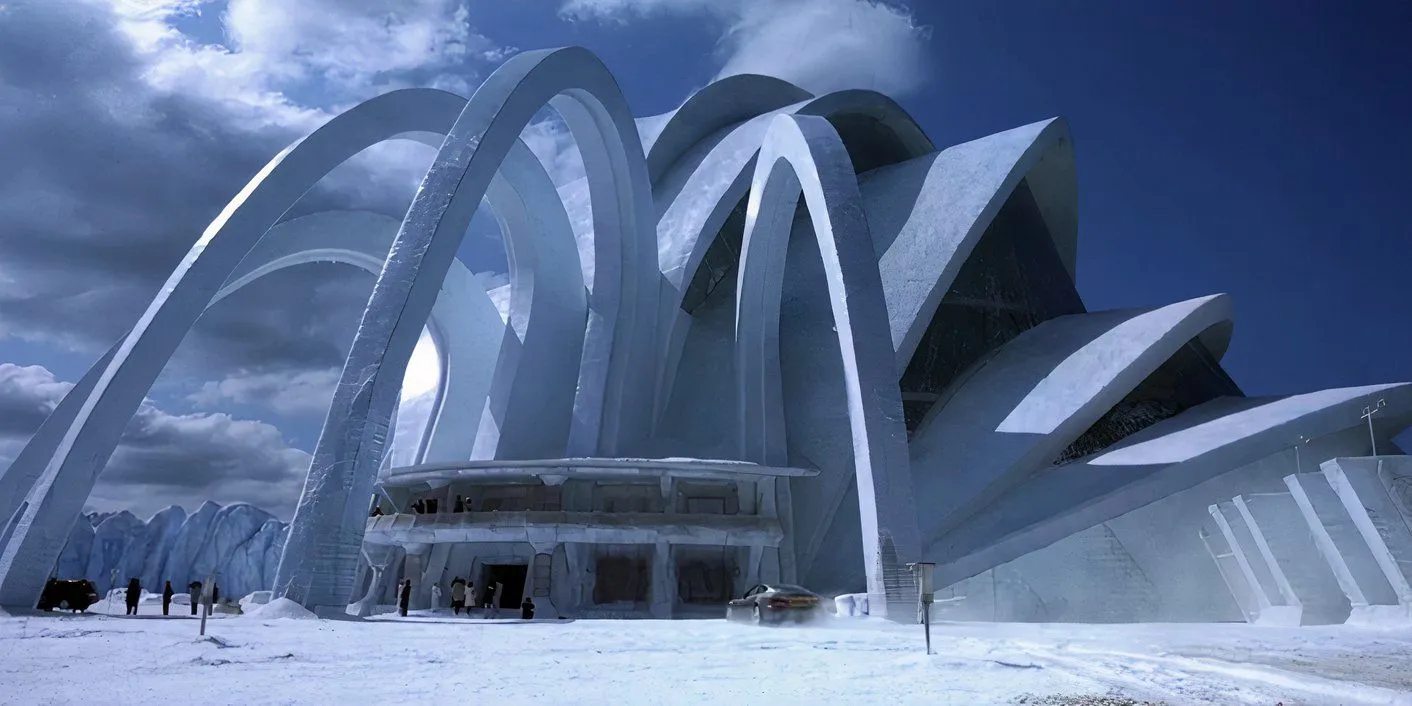
Gustav Graves’ Ice Palace in Iceland captures sheer opulence with its futuristic design and shimmering crystal structure, making it one of the most visually striking lairs in the series. The frailty of the palace reflects Graves’ hubris, which ultimately leads to its collapse under pressure.
Despite Die Another Day being critiqued for its excesses, the Ice Palace remains a standout aspect of the film. The blend of elegance and danger creates an electrifying environment for Bond’s confrontation with Graves. This thematic depth, paired with breathtaking design, renders it as one of the finest showcases of villainy in Bond films.
1 Blofeld’s Desert Lair
Spectre (2015)
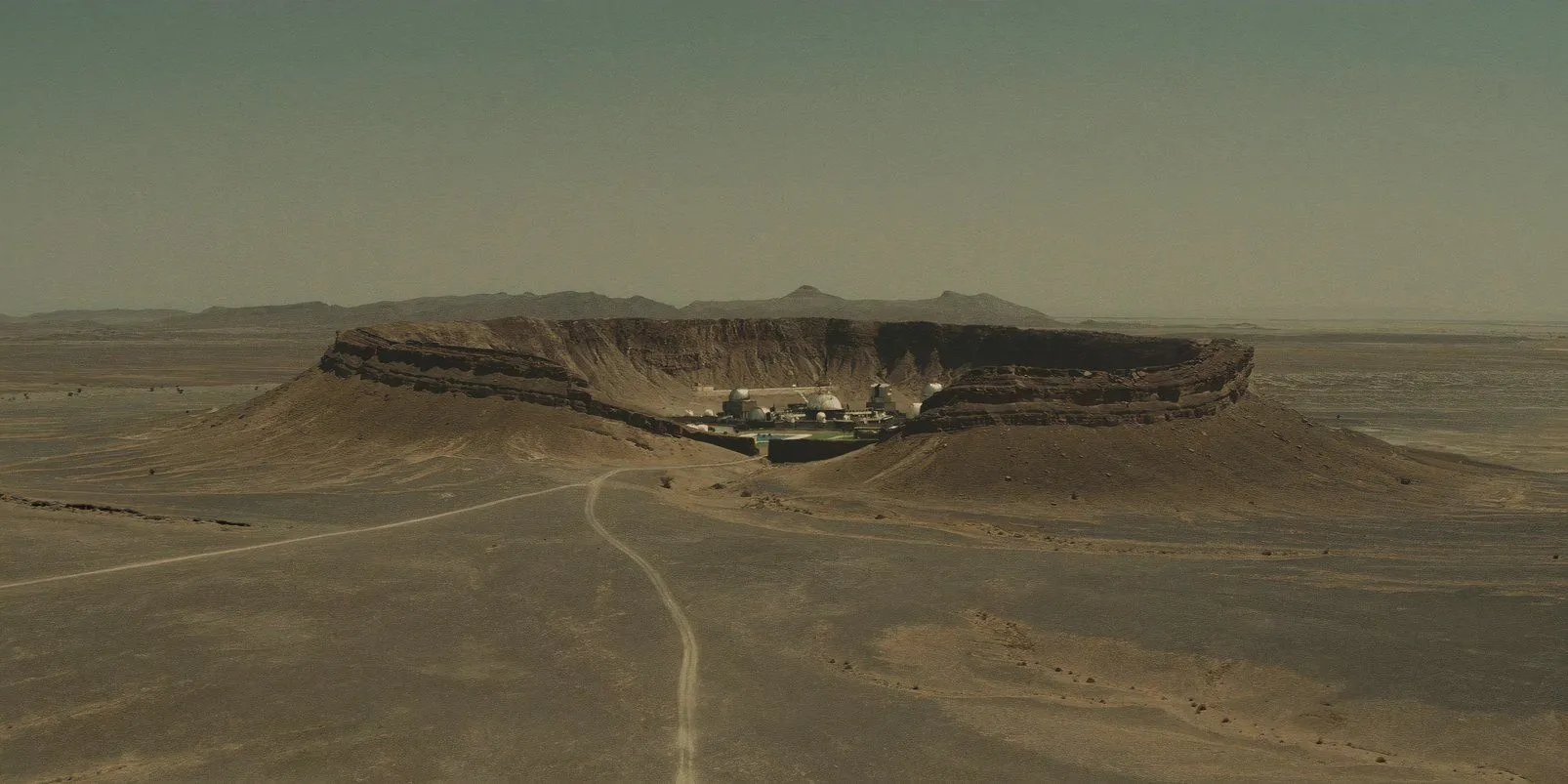
Ernst Stavro Blofeld’s desert lair in Spectre emerges as a minimalist architectural marvel. Its modern design melds seamlessly with the stark Moroccan landscape, reflecting Blofeld’s cold persona and control. The juxtaposition of open spaces and structured lines creates an atmosphere layered with menace and tension. This facility epitomizes both functionality and intimidation, offering a striking stronghold within the Bond lore.
Filming in the Oujda region of Morocco adds authenticity to the isolation depicted in the lair. Inside, sleek operations are meticulously hidden beneath the stark exterior, highlighting a methodical approach to villainy. The confrontation between Bond and Blofeld unfolds within a context of palpable psychological tension, echoing the modern ethos of villainy. In summation, Blofeld’s Desert Lair exemplifies architectural ingenuity combined with cinematic dread, solidifying its place as one of the most memorable lairs in the James Bond universe.




Leave a Reply